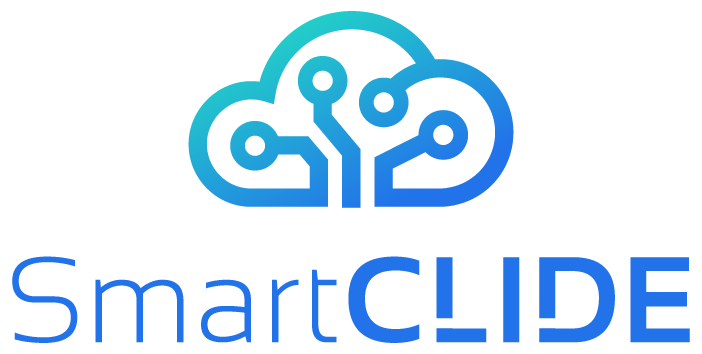- Authors: Nikolaos Nikolaidis, Apostolos Ampatzoglou, Alexander Chatzigeorgiou, Sofia Tsekeridou & Avraam Piperidis
- Location: PROFES 2022: Product-Focused Software Process Improvement pp 265–281
Abstract:
Service-Oriented Architectures (SOA) have become a standard for developing software applications, including but not limited to cloud-based ones and enterprise systems. When using SOA, the software engineers organize the desired functionality into self-contained and independent services, that are invoked through end-points (API calls). At the maintenance phase, the tickets (bugs, functional updates, new features, etc.) usually correspond to specific services. Therefore, for maintenance-related estimates it makes sense to use as unit of analysis the service-per se, rather than the complete project (too coarse-grained analysis) or a specific class (too fine-grained analysis). Currently, some of the most emergent maintenance estimates are related to Technical Debt (TD), i.e., the additional maintenance cost incurred due to code or design inefficiencies. In the literature, there is no established way on how to quantify TD at the service level. To this end, in this paper, we present a novel methodology to measure the TD of each service considering the underlying code that supports the corresponding endpoint. The proposed methodology relies on the method call graph, initiated by the service end-point, and traverses all methods that provide the service functionality. To evaluate the usefulness of this approach, we have conducted an industrial study, validating the methodology (and the accompanying tool) with respect to usefulness, obtained benefits, and usability.



Comments are closed